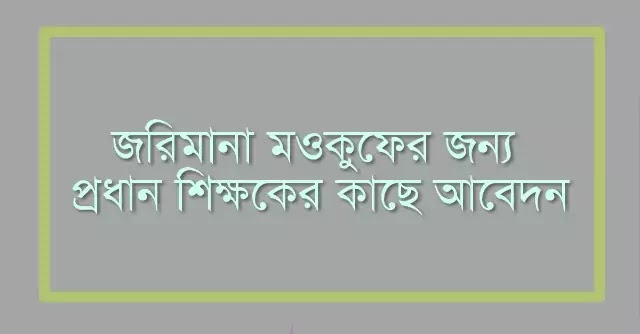The 21st of February holds great significance in the hearts of Bangladeshis worldwide as they come together to celebrate Amor Ekushey, also known as the Language Movement Day. This day commemorates the language movement that eventually led to the recognition of the Bengali language as one of the official languages of Bangladesh. Let us delve into the history, significance, and celebration of Amor Ekushey.
The Language Movement: A Brief History
In the mid-20th century, the people of Bangladesh (then East Pakistan) faced significant oppression regarding their language and cultural identity. The Pakistani government declared Urdu as the sole national language, disregarding the fact that Bengali was the language spoken by the majority of the population. This decision sparked widespread protests and demonstrations.
From Protest to Sacrifice: The Martyrs of Ekushey
On 21st February 1952, students and activists organized a peaceful protest, demanding the recognition of Bengali as one of the national languages. However, the protest turned violent as the police opened fire on the crowd. Salam, Barkat, Rafiq, Jabbar, and Shafiur were among those who sacrificed their lives in the pursuit of language rights.
Recognition and Significance: A Landmark Achievement
The sacrifices made during the Language Movement did not go in vain. In 1956, the government of Pakistan recognized Bengali as one of the state languages. This momentous achievement paved the way for the eventual liberation of Bangladesh in 1971.
Celebrating Amor Ekushey: Activities and Traditions
Amor Ekushey is a day of remembrance and celebration. It brings people from all walks of life together to honor the language movement and pay tribute to those who sacrificed their lives. Various activities and traditions mark the day, including:
1. Shaheed Minar: The Symbol of Resilience
The Shaheed Minar, or the Martyrs' Monument, is the centerpiece of the celebrations. This monument stands as a symbol of resilience and freedom, representing the sacrifices made during the Language Movement. People visit the Shaheed Minar to pay their respects, lay wreaths, and offer flowers.
2. Ekushey Book Fair: A Haven for Literature Enthusiasts
The Ekushey Book Fair, one of the largest book fairs in the world, takes place during this time. Authors, publishers, and book enthusiasts gather to showcase and explore a vast array of literature, promoting the richness of the Bengali language and culture.
3. Cultural Programs: Showcasing Diversity and Unity
Throughout the day, cultural programs and performances are held nationwide. These programs include poetry recitations, songs, dances, and theatrical performances that highlight the beauty of the Bengali language and foster a sense of unity among the participants.
Reflections and Unity: Acknowledging Our Linguistic Heritage
On Amor Ekushey, Bangladeshis reflect on the profound importance of language, culture, and identity. It serves as a reminder to cherish and preserve the linguistic heritage of the Bengali people. The day also emphasizes the need to respect and protect linguistic diversity worldwide.
Amor Ekushey - A Celebration of Identity and Unity
Amor Ekushey, the celebration of the Language Movement, exemplifies the indomitable spirit of the Bengali people to preserve their language and culture. It stands as a testament to the power of unity and sacrifice in the pursuit of linguistic rights. As we commemorate this day, let us recognize the importance of language in shaping our identity and ensure its preservation for generations to come.






